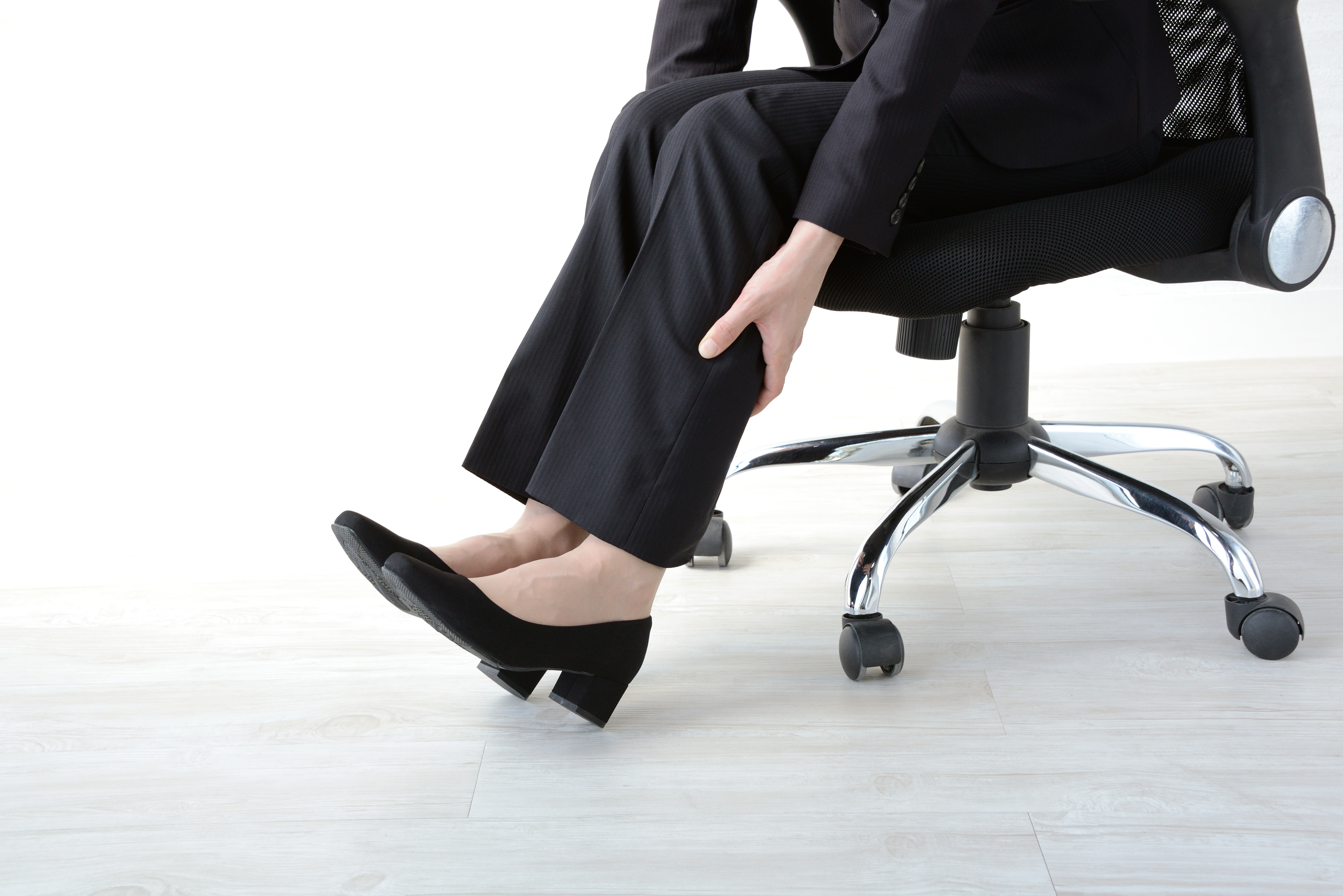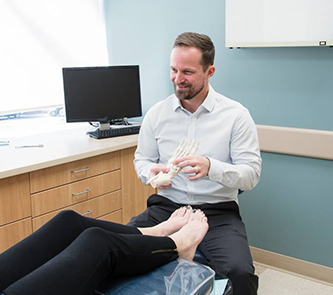Don’t Let Bunions Ruin Your Summer
Do you feel the heat?
No, we are not talking about your bunion pain; we are talking about the beautiful summer weather!
But since you’ve mentioned it, let’s talk a little bit about bunions and how this condition can easily ruin your summer fun.
The Truth About Bunions
Bunions are a fairly common toe deformity that tend to be a bit misunderstood.
These are not – as often thought – caused by pumps, stilettos, or other high-heeled shoes, and they cannot be reversed. Instead, bunions are progressive and need to be treated to address their symptoms and prevent the condition from worsening.
To put it simply, a bunion is a bump found at the big toe’s metatarsophalangeal (MTP) joint, which is where the toe connects to your foot. This bony bump develops as a result of instability in the joint that allows your big toe to start drifting inward and angle toward the second toe.
Excess pressure on the MTP joint forces the bone and tissue around it to increase in size and jut out to the side. With this particular toe deformity, the skin covering the bump can become reddened and quite sore.
Now, bunions might give women’s footwear a bad reputation, but the truth is they aren’t actually caused by high-heeled shoes like stilettos and pumps. Although this common misconception certainly makes sense – those types of shoes do place excessive pressure on the front of the foot – it is easily refuted by the fact men and children can also develop bunions.

So, What Causes Bunions?
Instead of footwear, bunions are caused by an inherited foot structure or abnormal biomechanical patterns. They start to develop when the natural weight distribution is disrupted by an imbalance of pressure. This causes instability in the big toe and forces the joint’s structural components to form a hard knob.
The abnormal formation extends beyond the outline of your foot, on the inside edge. Injuries and inherited foot shapes or deformities present at birth can contribute to the development of this condition.
This all being said, high-heeled shoes can contribute to an existing bunion and cause it to become more severe.
Enjoy Summer to the Fullest – Without Bunion Pain
Sometimes bunion symptoms can be treated without the use of surgical intervention. It is important to note that the condition is not actually corrected (which can only be done with surgery), but the symptoms are addressed with treatment options like:
- Shoe choices. Finding footwear that offers wide, deep toe boxes can be beneficial. This avoids having too much pressure or friction on the affected area.
- Ice. Icing a bunion for about 20 minutes at a time can help reduce pain and inflammation. It is important to make sure that ice is not placed directly on the skin – wrap it in a thin cloth or towel to avoid skin damage.
- Medication. As always, consult with our practice before administering medicine so we can provide recommendations and appropriate dosage amounts.
- Custom orthotics. Our doctors can create a special pair of orthotic devices that are custom-fitted to the affected foot. This is used to redistribute pressure and keep it away from the forefoot area.
Whereas bunions can sometimes be treated with conservative care, the only way to actually correct the deformity is with the use of bunion surgery. We will generally exhaust nonsurgical treatment options before reaching this point, and surgery is often reserved for cases that cause frequent pain or interference with daily activity.

Correcting Bunions Through Surgery
When necessary, surgical procedures can remove swollen tissue, realign the big toe bones, or connect (fuse) bones in the affected joint. In order to achieve these kinds of objectives, several different procedures might be used, including:
- Osteotomy. In this operation, we will realign the joint by making small cuts in the affected bones and keeping them in place with the use of screws, plates, or pins. These can be used in several different places to correct the deformity.
- Big toe joint arthrodesis. When arthritis is in the picture too, we may remove arthritic joint surfaces and use wires, plates, or screws to keep the surfaces of the affected bones in place while they heal.
- Exostectomy. This surgical procedure entails removing the bump jutting out from the toe joint, which does not realign the joint. As such, exostectomy is often performed in conjunction with another of the bunion surgeries.
- Lapidus bunionectomy. This type of surgical procedure involves fusion of the first tarsometatarsal (TMT) joint which, in turn, limits the movement of the big toe by straightening out the first metatarsal joint. This realigning of the big toe joint is then secured using screws and/or plates to keep it in place and reduce the appearance of the “bump” caused by the bunion.
Given the progressive nature of this condition, it is best to address bunions at the earliest possible opportunities. While this is true for patients of any age, it is particularly important for children who begin to develop bunions. Early intervention—and especially orthotic therapy—may be able to help a child from developing a problem that could become quite severe over time.
Don’t Wait to Get Appropriate Treatment
For more information on this common toe deformity, or to request your appointment with either of our New Hampshire offices, simply give us a call at (603) 431-6070 (for Portsmouth) or (603) 882-8866 (for Nashua). You may also take advantage of our online form to contact us right now!
Pay Your Bill
Make a payment online through our payment portal or Care Credit!
Portsmouth Office
14 Manchester Square, Suite 250
Portsmouth, NH 03801
Nashua Office
17 Riverside Street, Suite 205
Nashua, NH 03062
Website Hosted by SC Digital



